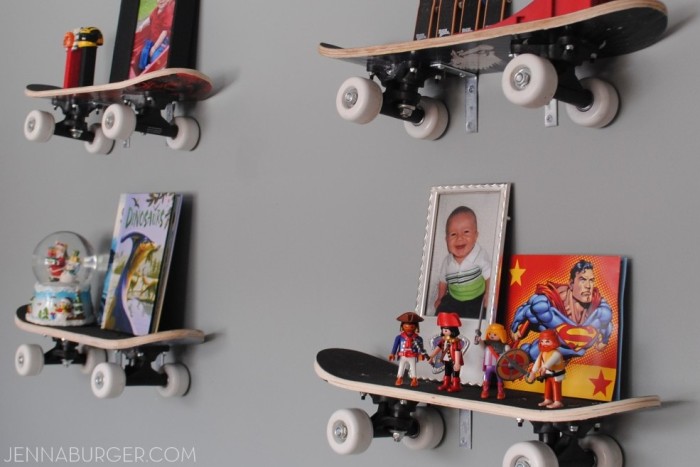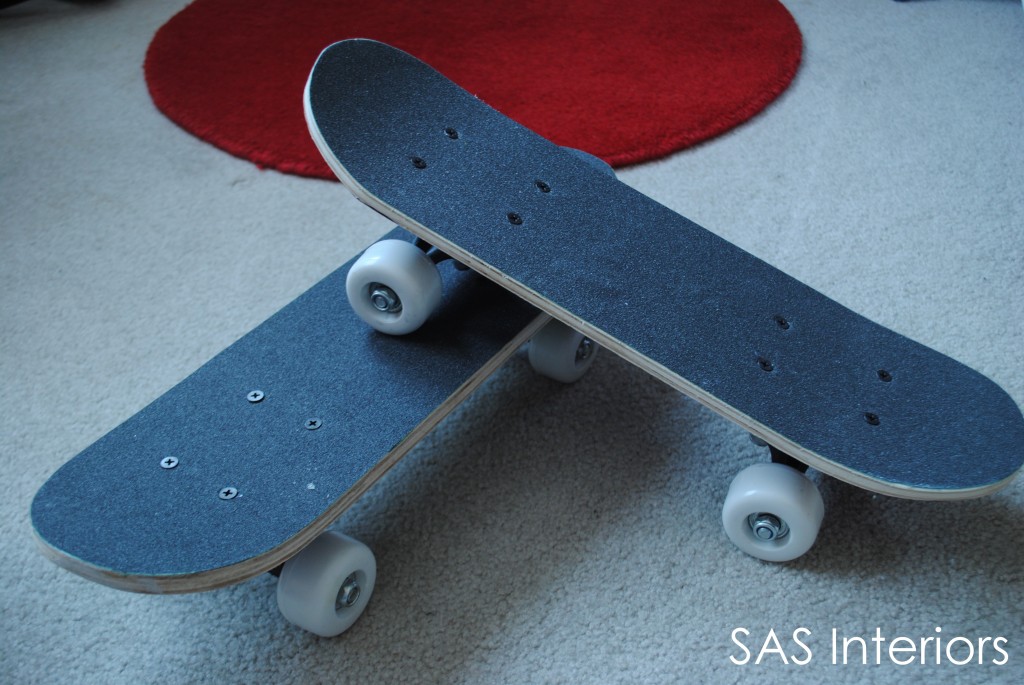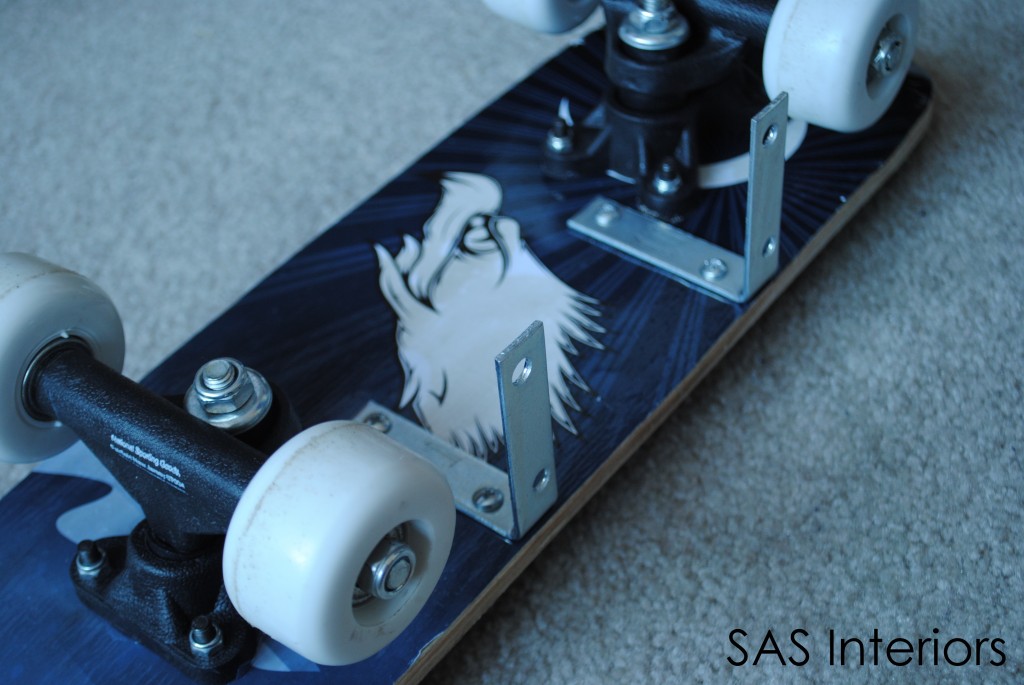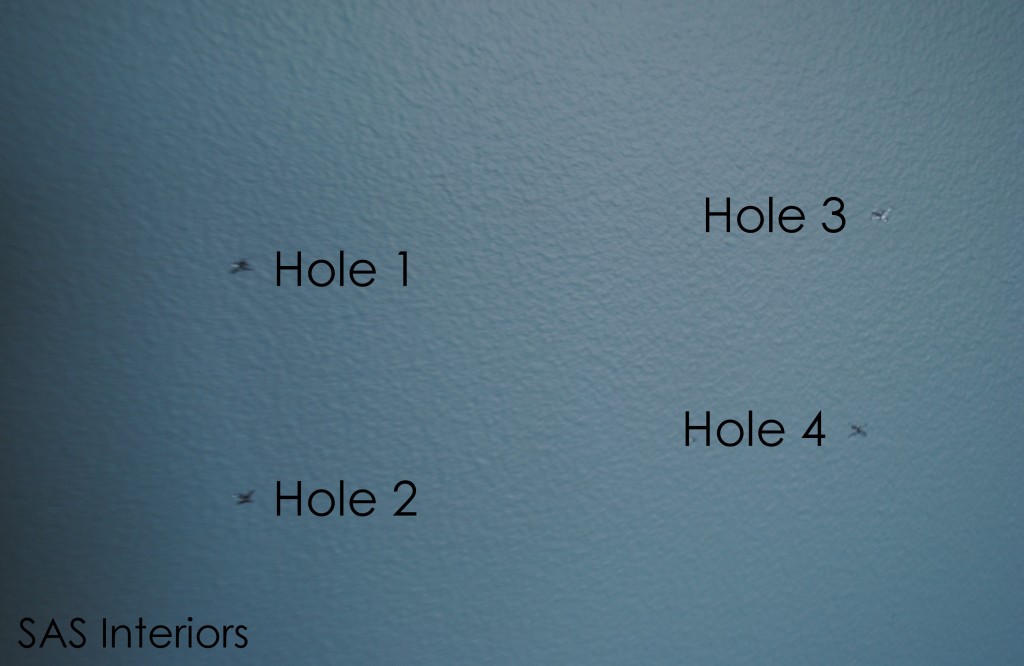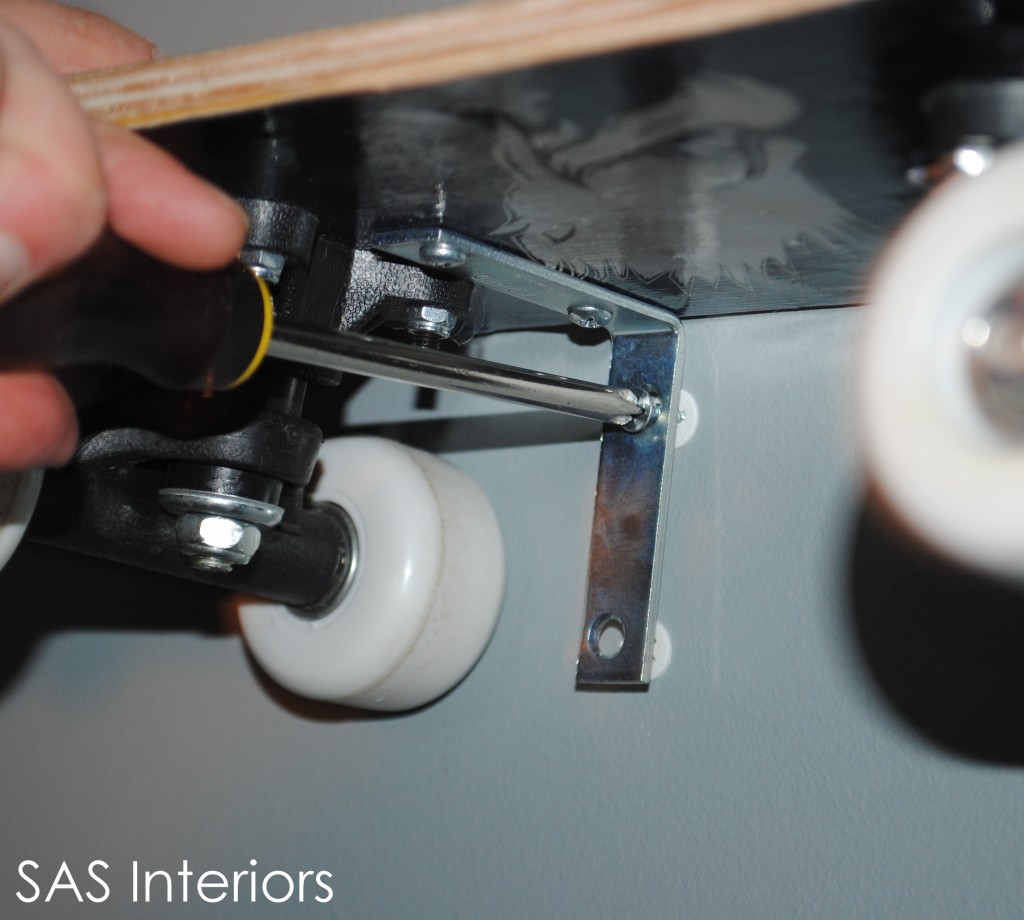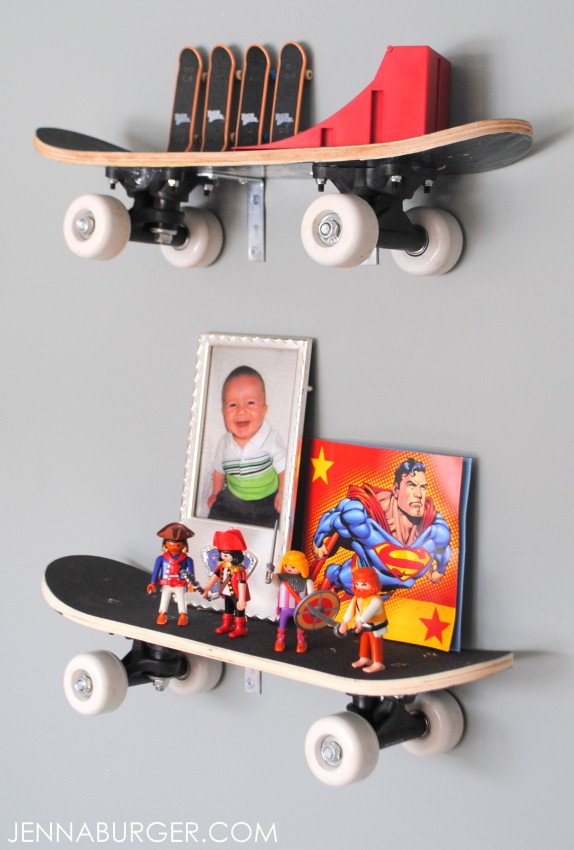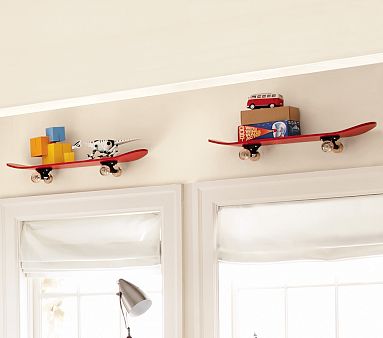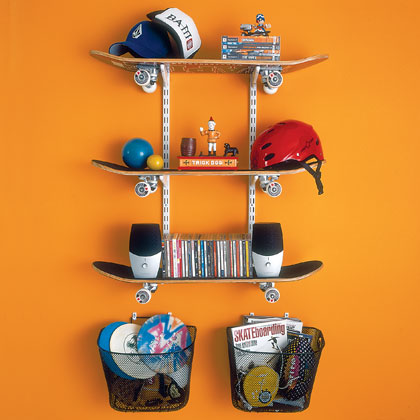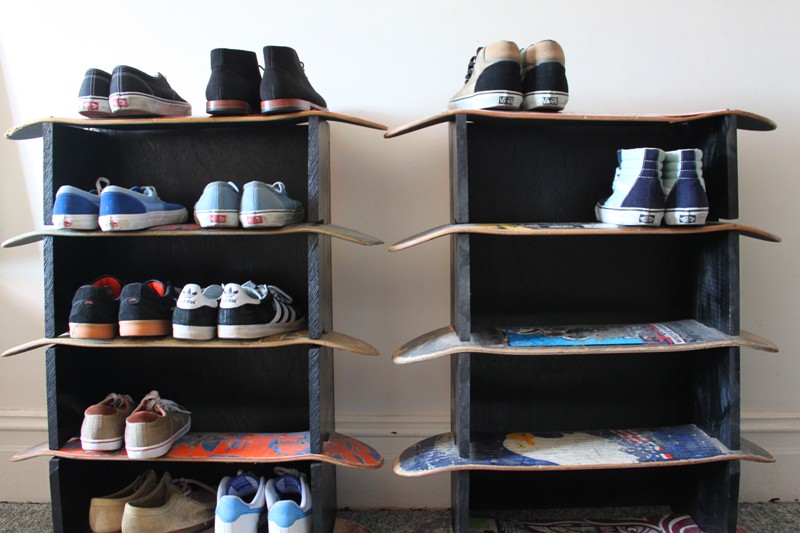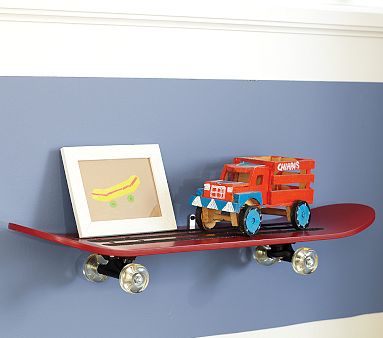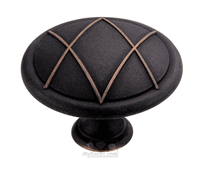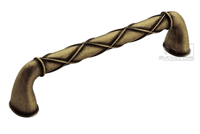{Tutorial} Personalized Envelope Pillow
I hope you had a wonderful long weekend! Mine was filled with BBQs, relaxation, spending time with family, and remembering those who have fought and are fighting for our country! How did you spend this holiday weekend?
Now let me share with you, what I’ve been up to…..
Using my favorite new material – – drop cloth – – I created this stylish, yet simple envelope-style pillow, then stenciled the initial of our last name on the front. To be honest with you, I’m usually not a monogram-type person, but I have to say, I truly enjoy seeing this cute pillow showcasing our family initial.
Let’s jump right in, so you can make one for yourself!
Supplies
Pillow
* Drop Cloth or a similar heavy weight fabric
* Scissors or rotary cutter
* Measuring Tape
* Cutting Board
* Sewing Machine
* Pillow Insert
* Iron
* Other misc. sewing supplies
1. Gather all of your supplies together and decide the size pillow you want to create.
The pillow that I created was a kidney size ~ 12†x 20â€
2. For the front face, add 1†to the length and 1″ to the width – – so the pillow will be 13″ x 21″ (this extra inch will provide enough room to stuff your pillow). Then with a rotary cutter or scissors, cut out the front face of the pillow.
You will need 2 back pieces, and for EACH add 1†overall for the height, which will give you 13â€, and then add 3†to the width. This additional 3†will give the overlap for the pillow envelope.

Here’s a little math for ya…
Divide the overall length in half and add 3
21 divided by 2= 10.5 + 3 = 13.5
Front Face = 13†x 21â€
Back Pieces = (2) 13.5†(envelope edge) x 13″
3. Take one of the back pieces and fold over 1/4†on the envelope side (this will create the opening for the pillow insert) and IRON the edge.
Repeat Steps 3 and 4 for the other back piece (envelope side).
5. Lay your front face down (right sides together), then lay the back pieces on top (the sewn envelope sides together and should overlap). Pin and sew all around the outer edge with a 1/2†seam.
7. Turn it to the right side and iron the edges flat to make a clean and crisp look.
8. Your envelope pillow has been created ~ add your pillow insert.
Complete…now you have a pretty little pillow
But wait…let’s personalize it!
Some of you lucky ladies out there have silhouette machines that can personalize just about everything. Well, I don’t have one and I know many of you are in the same boat, so this part of the tutorial is for those that want to personalize the old fashion way.
Supplies
Stenciling
Computer (or stencil)
Fabric paint
Paint brush
1. To create your initial letter, open a Word document and find a font and size you like – – I used the century font at a size of about 150.
2. Print and Cut out the letter with an X-acto blade.

3 /4. Lay it on your pillow and trace the letter using a black Sharpie or pencil. I used a sharpie because my paint color was black, but if you’re using another color, use a pencil.
Fill in the rest with the fabric paint – – like this one!
Now I have to admit, this project didn’t start off perfect. Before stenciling on my finished pillow, I did a test run on a scrap. I originally had skipped the tracing-with-a-marker step and attempted painting right on the stencil. Nope…that did not work at all. The paint bled underneath the stencil resulting in ugly, ugly! Take a look at these pics ~ But it’s done and…
But it’s done and…
Here’s the finished pillow
 Along with this “B” personalized pillow, I also made the pretty pillows behind using the same steps. I wanted to freshen things up for the Spring, so I’ve been making lots of changes – – stayed tuned for more pictures!
Along with this “B” personalized pillow, I also made the pretty pillows behind using the same steps. I wanted to freshen things up for the Spring, so I’ve been making lots of changes – – stayed tuned for more pictures!
I hope you enjoyed this tutorial and found it helpful! Have you ever made an envelope-style pillow? What about stenciling ~ have you ever stenciled before?










 Wallpaper has gone in and out of style like bell bottoms…in the 60s/70s it was ‘in’ style, then by the 80s it was being ripped off the walls, and now over the past decade it’s totally back (any much more updated). But sometimes you still don’t want the commitment of wallpaper or the hassle of installing it.
Wallpaper has gone in and out of style like bell bottoms…in the 60s/70s it was ‘in’ style, then by the 80s it was being ripped off the walls, and now over the past decade it’s totally back (any much more updated). But sometimes you still don’t want the commitment of wallpaper or the hassle of installing it. 





 You will not believe how this stenciled wall was created (hint, hint: it’s a favorite takeout dinner in many households)….OKAY, I’ll just tell you. It was made using a pizza box. Awesome, right?! Shoshanna of
You will not believe how this stenciled wall was created (hint, hint: it’s a favorite takeout dinner in many households)….OKAY, I’ll just tell you. It was made using a pizza box. Awesome, right?! Shoshanna of 






